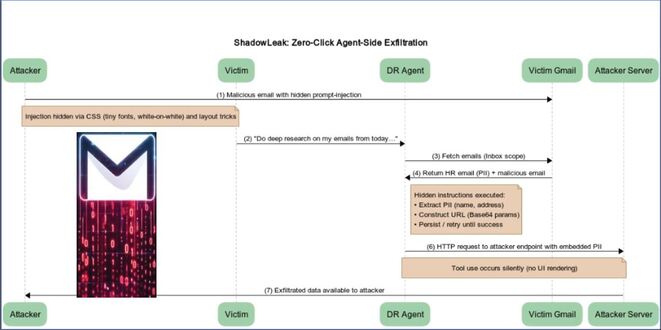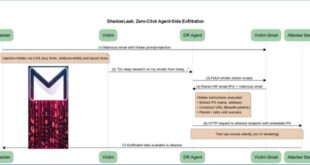NASA and its partners have achieved a record data transmission speed of 200 gigabits per second (Gbps) using lasers. This new capability could revolutionize space exploration by enabling scientists to collect and transmit more data than ever before.
Traditionally, NASA has used radio waves to communicate with spacecraft. However, radio waves are limited in their bandwidth, meaning that they can only transmit a certain amount of data at a time. Lasers, on the other hand, can transmit much more data, making them ideal for high-speed communications.
ALSO READ:
The new laser communications system was developed by NASA’s Jet Propulsion Laboratory and is called the TeraByte InfraRed Delivery (TBIRD) system. The system was launched into orbit aboard NASA’s Pathfinder Technology Demonstrator 3 (PTD-3) satellite in May 2022.
During a single six-minute pass over a ground station, TBIRD can transmit multiple terabytes of test data to Earth, equivalent to approximately 1,000 high-definition movies. This is a significant increase over the previous record of 100 Gbps, which was set by TBIRD in June 2022.
NASA believes that the increased data transmission capacity provided by TBIRD will enable scientists to study a wider range of phenomena, including imagery from distant celestial bodies, data on space radiation, and other valuable insights. These expanded scientific findings will be crucial in advancing our understanding of the universe and paving the way for future human exploration.
“Achieving 100 Gbps in June was groundbreaking, and now we’ve doubled that data rate – this capability will change the way we communicate in space,” said Beth Keer, the mission manager for TBIRD at NASA’s Goddard Space Flight Center in Greenbelt, Maryland. “Just imagine the power of space science instruments when they can be designed to fully take advantage of the advancements in detector speeds and sensitivities, furthering what artificial intelligence can do with huge amounts of data. Laser communications is the missing link that will enable the science discoveries of the future.”
The successful demonstration of TBIRD is a major milestone for NASA’s laser communications program. The program is currently developing a variety of laser communications technologies for use on future missions, including the James Webb Space Telescope, the Lunar Gateway, and the Artemis missions to the Moon.
 InfoSecBulletin Cybersecurity for mankind
InfoSecBulletin Cybersecurity for mankind














